Fisheries 101
Perspectives | Nov 12, 2025
Fisheries are the backbone of our state's economy and cultural heritage, but these systems are complex, and managing them even more so. Read on for a fisheries breakdown.
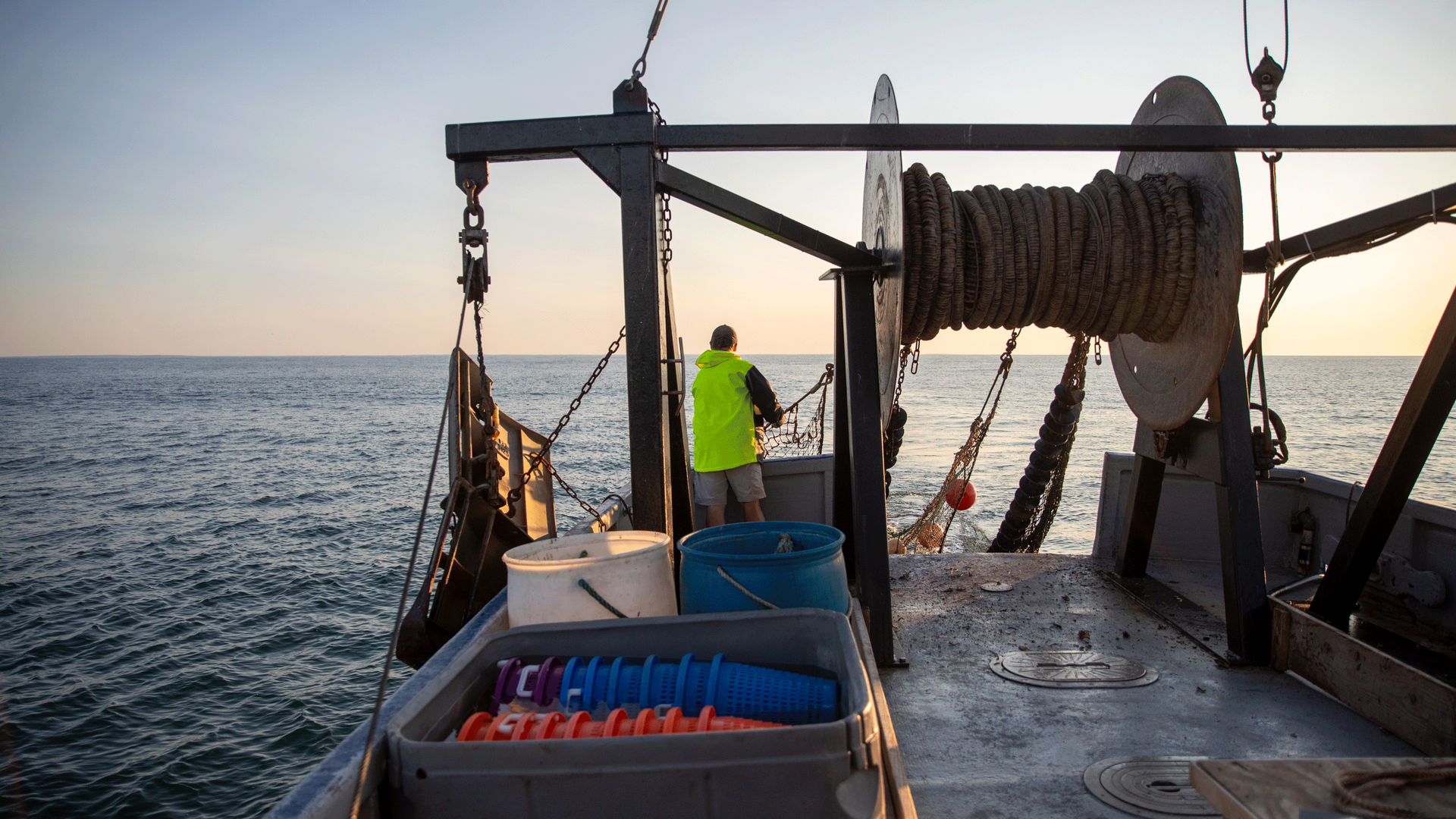
When you live in a coastal state like Maine, it is easy to hear terms like “fisheries” and “fisheries management” without ever stopping to consider their true meaning. Yet these concepts shape everything from the seafood available at your local market to the future of Maine’s working waterfronts. This overview breaks down what fisheries are, why they matter, and how they are managed to support both healthy ecosystems and thriving coastal communities.
What is a fishery?
A fishery is not just the fish. It is a system built around catching seafood. At its core, a fishery includes:
- The resource: the species being harvested, such as lobster, haddock, softshell clams, or elvers
- The people: harvesters, seafood workers, and communities connected to the industry
- The place: the specific waters or coastlines where the harvest takes place
- The practices: the gear, rules, traditions, and knowledge that guide how seafood is caught or farmed
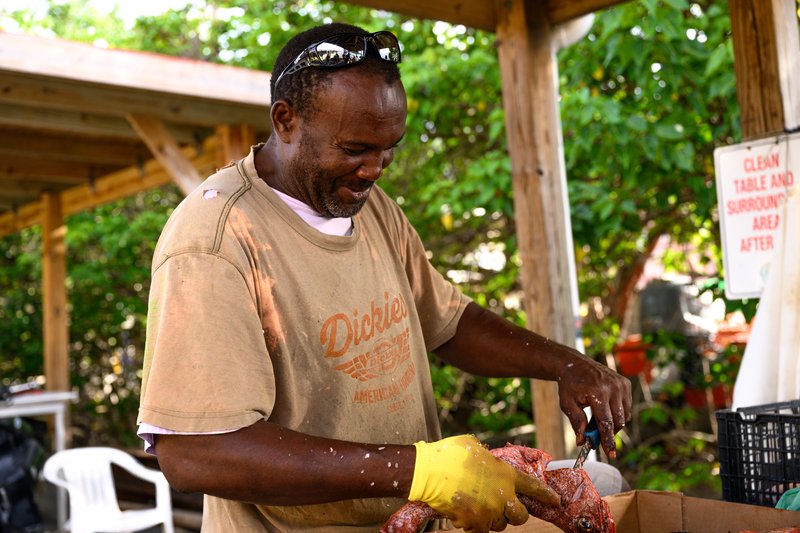
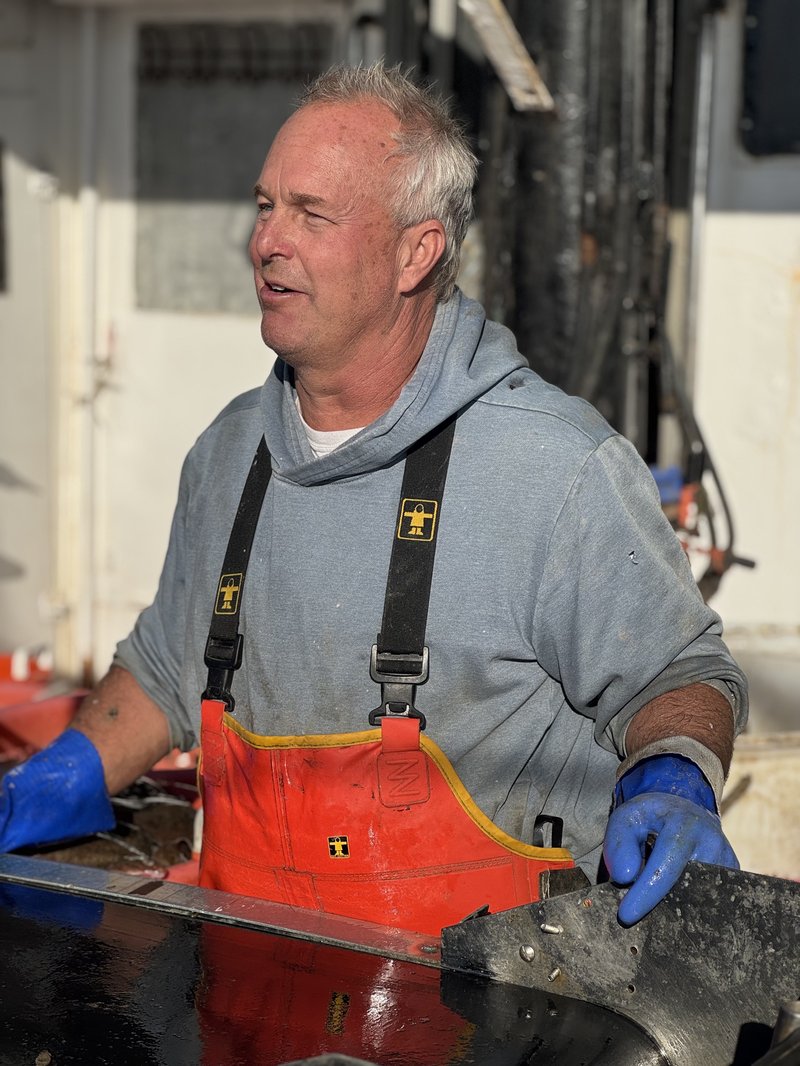
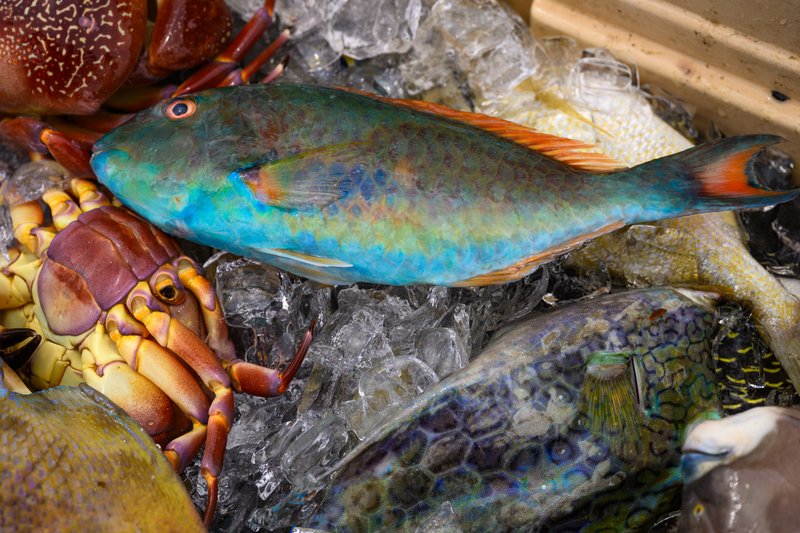
Fisheries take several different forms:
- Commercial fisheries provide seafood for markets and restaurants and support working waterfront jobs
- Recreational fisheries allow anglers to fish for fun or personal use under separate rules
- Subsistence or cultural fisheries support families and cultural traditions, including those of Indigenous communities
A fishery is best defined as the connection between people, seafood, and place. Recognizing these connections helps illustrate the broader importance of fisheries to communities and economies, both locally and globally.
Why do fisheries matter?
Fisheries are vital to communities around the world. They provide food, support livelihoods, and shape cultures that have been connected to the water for generations. Across the globe, people rely on fisheries for employment on boats, in processing facilities, in retail markets, and beyond. This economic activity forms a broader seafood supply chain — the path seafood travels from being landed at the dock to a plate at a restaurant, dining hall, or your home.
Maine’s working waterfront culture, built over generations, contributes to both the local economy and the state’s identity. When fishermen land their catch, that income eventually supports local boatyards, bait dealers, processors, and coastal businesses. That local reinvestment keeps economic value in coastal Maine, circulating money through waterfront communities. Locally caught seafood also provides fresh, nutritious food and strengthens the resilience of communities built around the ocean. Preserving these opportunities — whether in Maine or elsewhere — is essential for sustaining resilient communities and healthy oceans now and into the future.
Who manages fisheries, and where?
Fisheries management varies around the world, shaped by local ecosystems, species, and community priorities. In the Gulf of Maine, management blends science, regulation, and collaboration with harvesters to set catch limits, manage access, and protect habitats. Responsibilities are divided across different levels of government:
- Intertidal zone: Towns often issue harvesting licenses for species such as clams.
- State waters (0–3 miles offshore): States collaborate to manage most inshore fisheries, including the lobster fishery.
- Federal waters (3–200 miles offshore): Federal agencies, led by the National Oceanic and Atmospheric Administration (NOAA) oversee fisheries such as groundfish and scallops.
- Beyond 200 miles: International bodies coordinate management of highly migratory species such as tuna.


Managing a fishery starts with understanding how healthy a fish population is and how much it can sustain. Scientists conduct at-sea surveys, analyze decades of catch data, and work directly with fishermen who share observations and logbooks from their daily operations. That collaboration grounds scientific data in real-world experience — helping managers understand where fish are moving, when they’re spawning, and how conditions are changing.
Once that information is compiled, managers and stakeholders decide how to align harvest levels with what nature can support. Common tools include:
- Catch limits or quotas that cap total harvest
- Effort limits such as trap numbers or fishing days
- Area or seasonal closures to protect spawning grounds
- Size limits that let younger fish grow and reproduce
Management doesn’t stop there. New science, climate trends, and fishermen’s feedback all inform adjustments over time. The Gulf of Maine’s fast-warming waters mean managers must stay flexible and responsive to shifts in species and habitat.
Fisheries management is both a science and a partnership. Fishermen, scientists, managers, and communities work together through advisory panels, cooperative research, and regional councils to ensure decisions reflect both ecological realities and the experience of those on the water. This collaboration helps sustain healthy oceans, reliable seafood supplies, and strong coastal economies.
Fishing gear and methods
Different species require different tools, and the type of gear used has a big influence on how fisheries are managed. Common gear types include:
- Traps or pots – Often used for lobsters, crabs, and some finfish. These are stationary and can be selectively designed to let smaller or non-target animals escape. Management rules may limit the number of traps a vessel can deploy, the size of escape vents, or the areas where traps can be set.
- Trawls – Nets dragged along the bottom or through the water column to catch fish like groundfish or shrimp. Because trawls can impact seafloor habitats and catch a wide range of species, regulations may include seasonal closures, gear modifications, or limits on the area and time spent trawling.
- Gillnets – Nets that capture fish by their gills, commonly used for species like some groundfish or monkfish. Management often includes limits on mesh size, net length, and where or when gillnets can be deployed to reduce bycatch of unintended species and avoid sensitive habitats.
- Seine nets - Nets that are deployed by encircling a school of fish like herring or menhaden. Seining often requires two vessels, one larger than the other, to enclose a school. A line around the bottom is cinched up to prevent escape and fish are scooped or pumped out of the net while it stays in the water.
- Dredges – Used for scallops, clams, and other bottom-dwelling shellfish. Dredges are heavy and can disturb the seafloor, so management may restrict their use in certain habitats or require modifications to reduce environmental impacts.
- Longlines – Lines with baited hooks spaced along them, used for species like halibut or cod. Management rules may include limits on the number of hooks, seasonal or area restrictions, and requirements for gear that reduces unintended catch.
Gear restrictions, spatial limits, and seasonal rules help reduce unintended catch and protect habitats. Fishermen often help test new gear and provide feedback on what works in practice — another example of management built on collaboration.
Major fisheries in Maine
Maine’s seafood industry includes a wide range of harvesters and species.
- Lobster represents the largest share of Maine’s landed value and remains a cornerstone of coastal communities.
- Scallops offer an example of a fishery rebuilt through strong management and rotational closures.
- Groundfish, once an economic mainstay, have declined due to depleted stocks and changing ocean conditions.
- Small-but-valuable fisheries like elvers and bloodworms provide meaningful income for many harvesters.

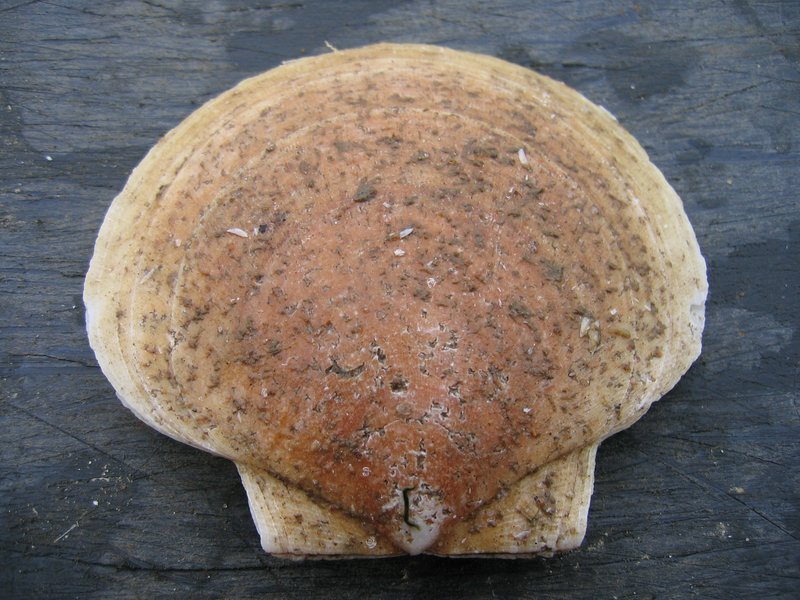
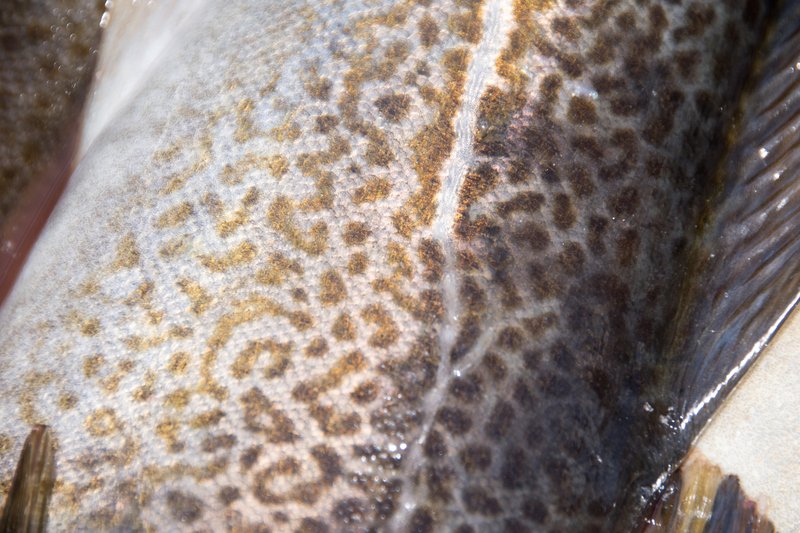
Looking ahead
Every fishery tells a story about the relationship between people and the ocean. The future of Maine’s fisheries depends on collaboration. Scientists, managers, and harvesters will need to continue working together to understand a rapidly changing ocean and make decisions that balance ecological health with community livelihoods. As the Gulf of Maine warms, new species will arrive, bringing both challenges and opportunities.
As part of that future, aquaculture is becoming an increasingly important piece of the region’s seafood system. Thoughtful integration between farmed and wild fisheries can expand local seafood supply and create new jobs, while poor coordination risks competition for space and resources. Managing both together — with collaboration and foresight — will help ensure a balanced, resilient seafood economy for Maine.
Well-managed, healthy fisheries are the foundation of Maine’s coastal economy and its competitiveness in a global seafood market. Continued cooperation, grounded in science and shared stewardship, will determine how well Maine’s communities and ecosystems can thrive in the years ahead.



